Story and photos by the VeloceToday staff
To appreciate the Alfa 1900, the firm’s first new postwar car, we Americans need some historical perspective. It wasn’t built for us. It was built for Italians, and Italian conditions, both of which its designers understood completely. Except in towns, Italy had no speed limits, and every Italian tried to emulate Nuvolari or Farina when he got behind the wheel. He would push every gear to the redline, take every corner to the limit. He’d hurl the car over potholed mountain roads, brake at the last moment, but still expect to ride in comfort, and never to have the car fail him. He wanted it to be handsome, and spacious enough for his family.
The 1900 wasn’t made for Americans…
The 1900, introduced in 1950, was exactly tailored to these needs. Its twincam, hemi-head, crossflow engine descended directly from a long line of Alfa race engines. Instead of a traditional ladder frame chassis they introduced a stiff monocoque shell with a long-travel suspension that kept its composure on any kind of surface. The brakes were huge, built for the sustained heavy use they normally got in Italy.
Flocks of 1900s entered the Mille Miglia every year–they were driven flat out on the same roads all the rest of the year, after all, giving them a big home-team advantage. Nearly a dozen 1900s entered the brutal 1954 Carrera Panamericana. Sanesi, in 15th, won his class, and others finished 18th through 20th. In their element, they were as fast and tough as anything available. 1900 TI sedans were used for many years by the polizia stradale, even after they went out of production, and it was a mistake to try to outrun one.
Before Max Hoffman started importing the Giulietta in the mid-50s, Alfas were unknown to the general public in the U.S. There was no advertising, no dealerships, no distribution network for parts. No test cars were offered to Road & Track. Magazines carried only an occasional picture or comment. Because there weren’t any import restrictions, a few trickled in. Rita Hayworth had a 6C2500. But they were difficult to maintain. Parts were available only from uncaring, mostly non-English-speaking Italians through mail correspondence. Even well-informed car enthusiasts would be unlikely to know what an Alfa 1900 was. There were very few in the country.
Why would we want one anyway?
And why would Americans want one? Tax laws kept European engines small, so power only came at high revs; they didn’t have the low-end torque Americans expect. The off-road racer lurking under the skin of a modest sedan would never be discovered in U.S. conditions. Some 1900s had handsome coachbuilt bodies, but they were expensive. From 1951 to 1958, Touring, Farina, Ghia, and others made bodies for 1900s. But even at the low wages then paid, the methods used in their production were uneconomical. Artisans with giant biceps beat alloy panels to shape, and custom-fitted them to each car. As restorers have found, a door or a trunk lid from one car rarely fits another. And nearly all were coupes. As Max Hoffman explained to Alfa, Americans in the ‘50s defined a sports car as an open roadster. The result of his advice was the Giulietta Spider, which was immediately popular. But a larger, heavier, closed car–what was it? Americans asked.
You’d understand if you were an Italian in the 50s…
You would understand completely, if you were Italian in the mid-‘50s. A wealthy businessman, you’d step from your villa near Rome and see, parked in your cobblestone courtyard, one of the most beautiful cars in the world. You would note with appreciation its narrow, even door gaps and perfect finish. On opening the door, you would see an inviting interior of high-quality leather or cloth. Unlike those cheap mass-produced cars built elsewhere, yours has hand-made alloy trim around the door openings, and unique interior details and materials (1900s have considerable variety).
Taking hold of the gorgeous steering wheel (yours is an optional Nardi wood-rimmed type), with a glance at a full array of gauges, off you went. It’s a long way, over terrible roads, to your business meeting, but the supple, always-poised chassis takes it easily in stride. The light, accurate steering, wonderful shifter feel, and superb brakes make the trip a pleasure. You attack the twisty mountain sections with full revs, and even though it’s a hot day, the oil and water temperatures never rise far. This is what the car was built for. On arrival, the look of envy and admiration in the eyes of your associates is unmistakable.
It seems as if it were made in heaven…
The car is stunning, an understated masterpiece. Its designer at Touring, Felice Anderloni, describes it as “A splendid coupe . . .devoid of any form of ornamentation… It is a vehicle that can be described as ‘just right’.” Every line is harmonious, in synch with the rest of the car, so well-proportioned it seems as if it were made in heaven. Its perfection was clearly recognized at the time by its makers. The fender line, with subtle top creases and slight inward taper at the rear, the shape of the windshield and pillars, the contours under the headlights, and the relationship between the hood and fenders are almost identical to Touring’s design for the Aston-Martin DB4, even though the Alfa predates the Aston by two years.
This was the last version Touring built for the 1900. It first appeared in 1956, and was quite different from the three series before it. The earlier cars shared many signature features with Touring-bodied Ferraris such as the 1949 Le Mans winner, such as a crease curving under each headlight. The same motif was used at the rear. The roof, surface detailing with many accent creases, side window shape, and other features were carried over directly from the bigger Alfa 6C2500 Villa d’Este, introduced in 1949. While these earlier cars have many fans, nobody would call them restrained, so the extreme simplicity of the Series IV Super Sprint marked a dramatic shift in Touring’s philosophy.
Owner Paul Wilson has driven a lot of miles in Alfa 1900s. As a teenager, by an extraordinary stroke of luck, he got the use of an Alfa just like the one he now has, for a whole summer. (Bad luck for the owner, who died.) Every evening, he gave it exercise on the back country roads, wearing out a set of tires and greatly improving his driving skills. He loved the car and for years looked for one to buy. The one he finally found had a motley covering of bondo and patches of old paint. The right door skin was made from an old road sign. But once the brakes were overhauled, he drove it trouble-free from New Jersey to Virginia. He restored it himself, and drives it regularly.
Driving the Alfa 1900CSS
How does he rate the drive, compared to a more modern Alfa?
“The 1900 brilliantly solved a problem that no longer exists: going from A to B, quickly and comfortably, on rough, early-50’s Italian roads.It’s much bigger than a Giulietta, and feels it. It’s more a gentleman’s express than a sports car. It has decent power, and a long fifth gear for high-speed cruising, but it’s not as quick and nimble as the smaller car. For the Italian in the early ‘50s who had to drive long distances, it was a good compromise between the clumsy, under-braked big Ferraris and the harsh, race-car feel of the smaller ones. You have to remember that these were cars to be used, just driven hard till they wore out. They did their intended job well.
“I love driving it. The shifter feels wonderful, the brakes are fantastic, the steering and chassis feel good. Despite the solid rear axle, it handles bumpy corners better than anything else made at the time. It could use more power, and I’m told that sidedraft Webers give a significant boost, but to preserve its originality, I have kept the less efficient original Solexes. I do think I’ll quiet it down a bit. From new, the cars were loud, with a few small glasspacks on the tailpipe. Lots of people complained about the racket made by the car I drove as a kid, but back then, of course, I loved every decibel.
“Sixty years ago, I rode my bicycle to see the neighbor’s new car. It still had the window sticker on it–$8200! In 1957! I thought it was the most beautiful car I’d ever seen. I still do. After giving it a lifetime of loving attention, I can’t find a single contour, a single detail, I would change.
Coachbuilder’s Delight
Iginio Alessio, then general manager of Alfa Romeo, was concerned for the viability of the independent Italian coachbuilding industry as the advent of the unibody chassis design was threatening to put the carrozzerie out of business. Alessio was also a personal friend of Gaetano Ponzoni co-owner of Carrozzeria Touring Superleggera, thus from 1951-1958 Alfa Romeo built five different variations of the 1900 unibody chassis specifically for independent coachbuilders [from Wiki]. They were required to style the front end with the vertical grille and two side grilles as on the 1900 Sedan. This resulted in some oddities, such as the somewhat clumsy Zagato front end treatment. Below are a few of the many varieties of special bodied 1900s.

Ghia Aigle concocted this occasional-use coachwork for use on the Alfa Romeo 1900 SS in 1958. Retro 2009 Hugues Vanhoolandt photo.
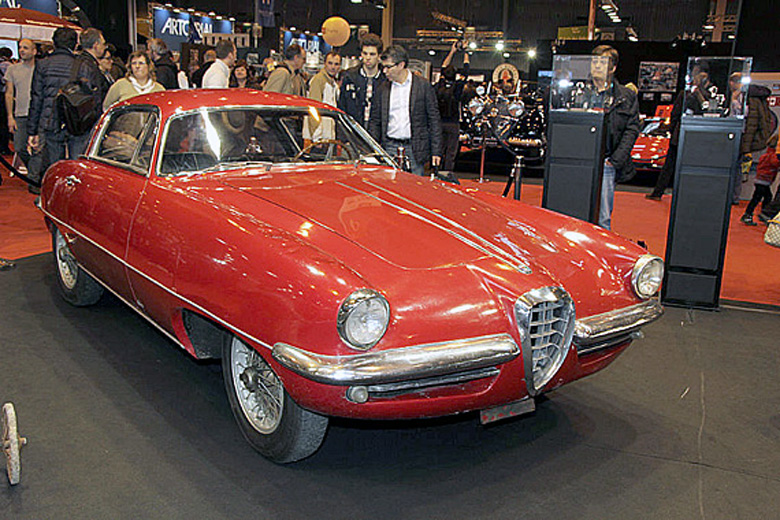
This one-off Alfa Romeo 1900C Super Sprint, bodied by Boano, comes from the Righini collection in Italy. A similar coupé was built for Juan Peron, President of Argentina at the time, but fitted with a 6C 3000 engine. Retro 2014. Hugues Vanhoolandt photo.
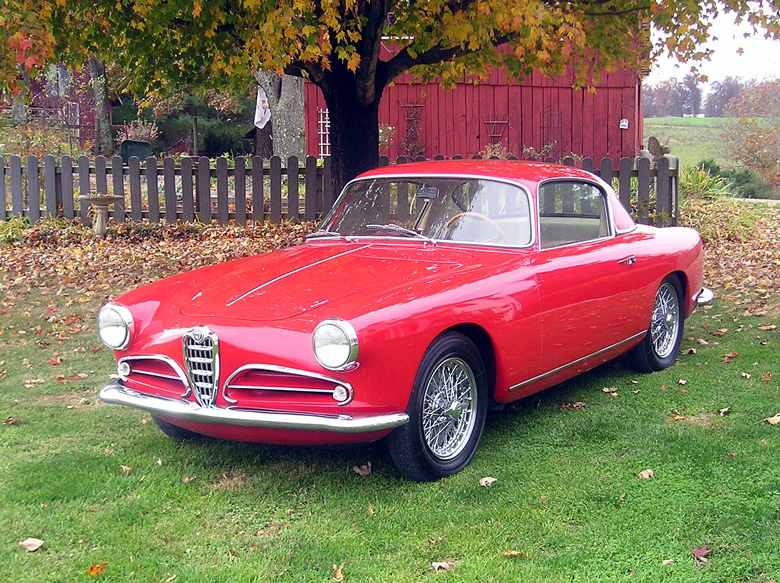
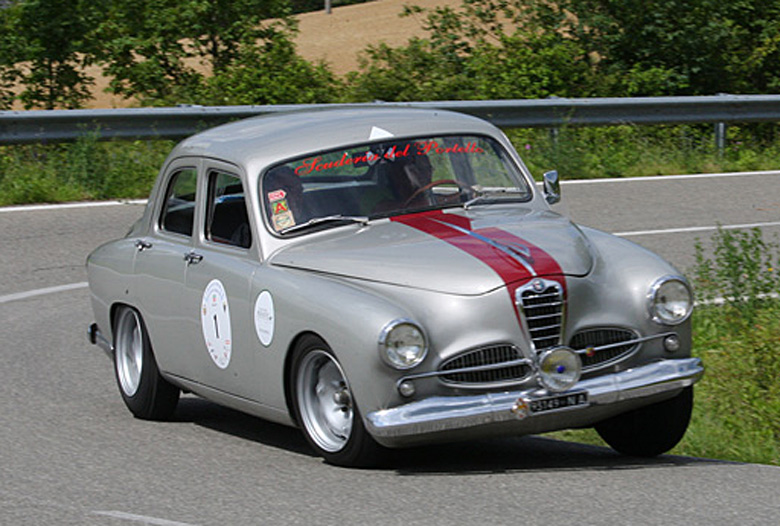
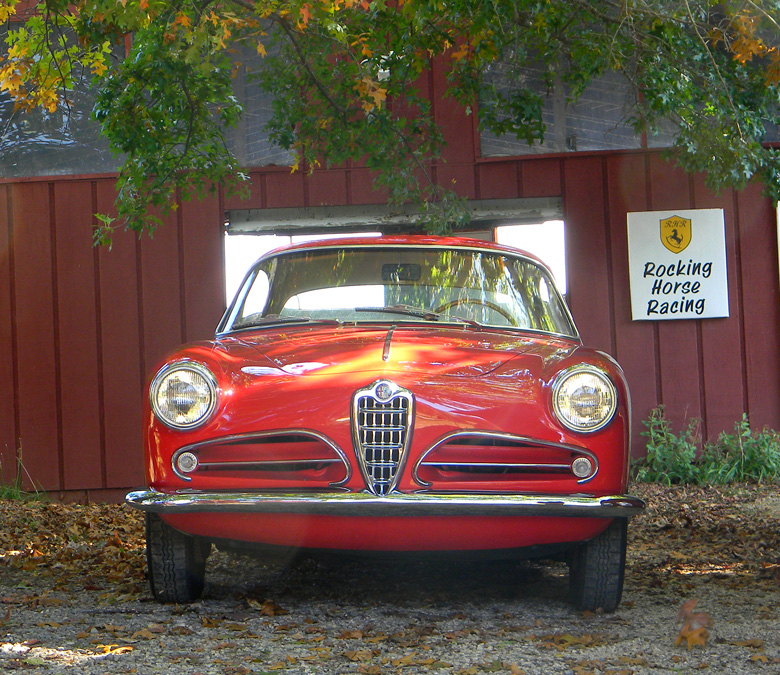
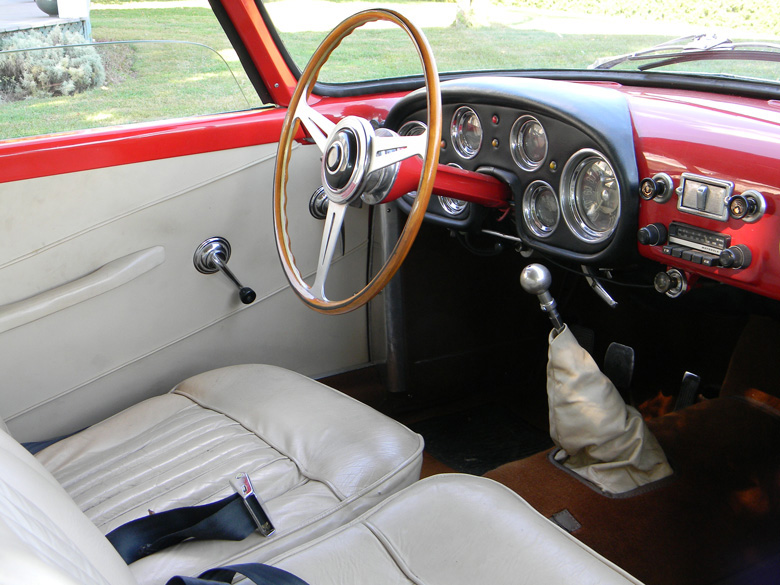
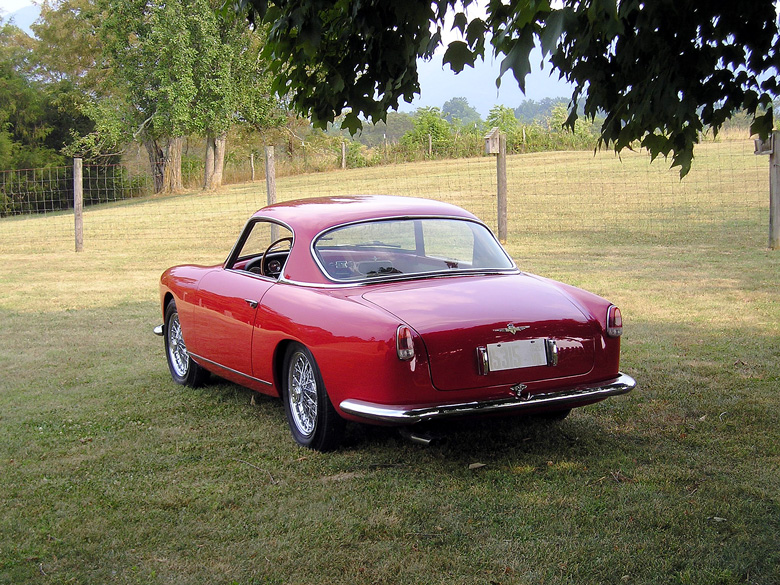
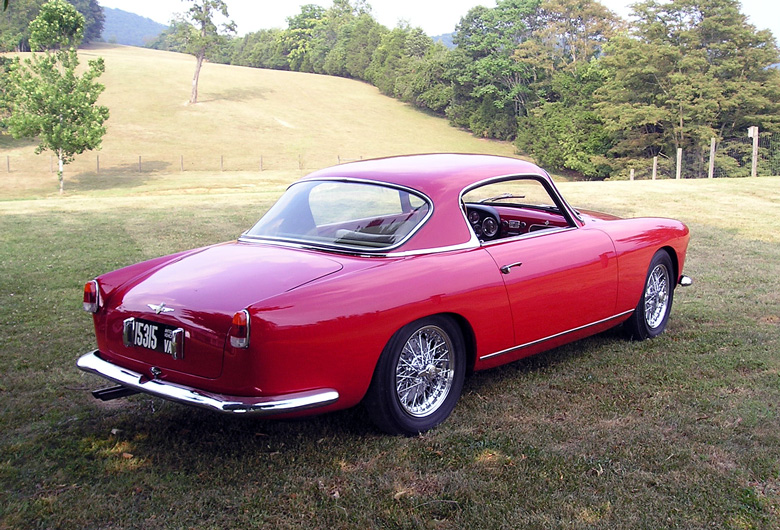
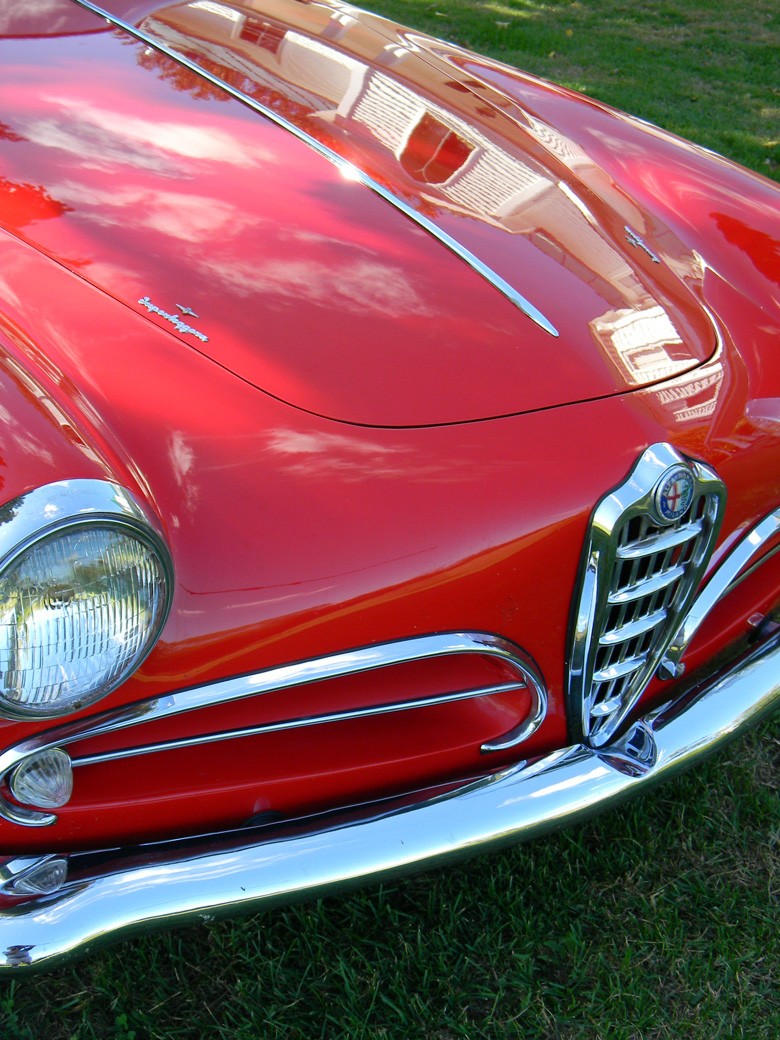
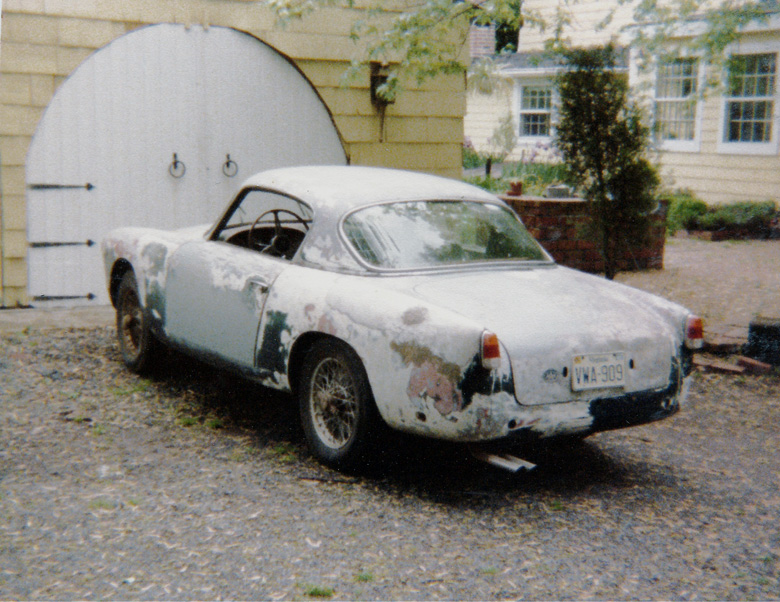
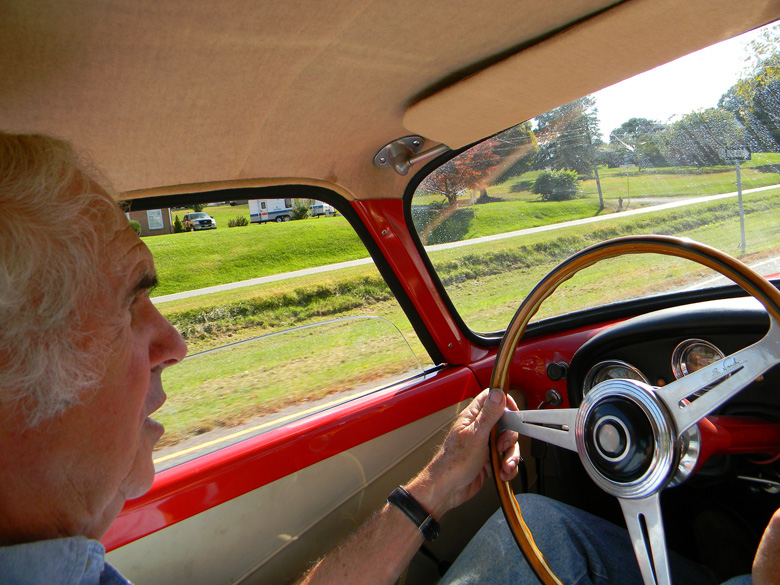
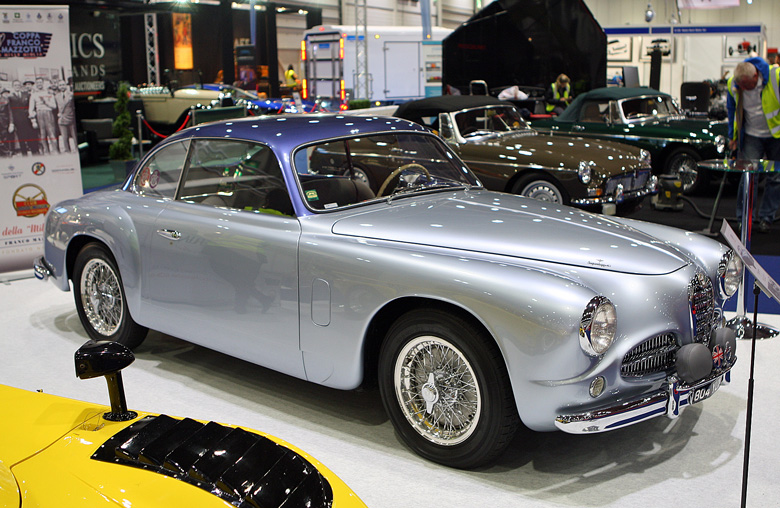
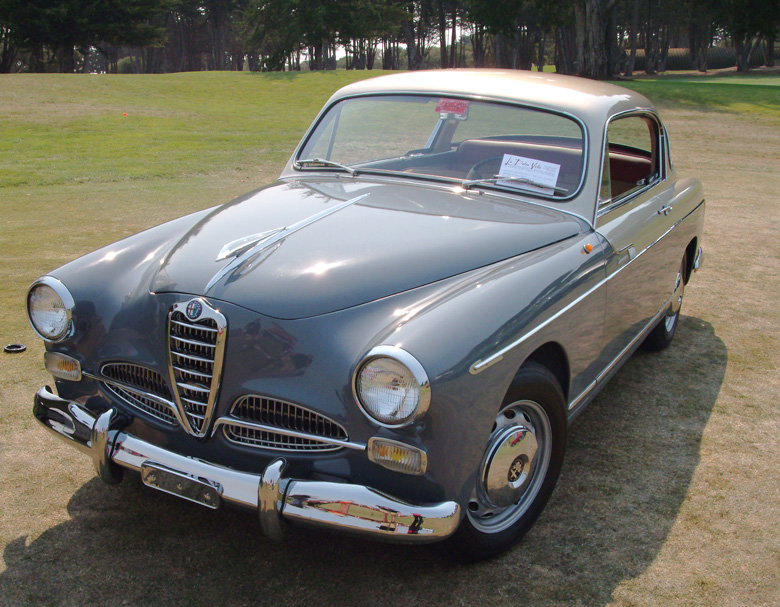
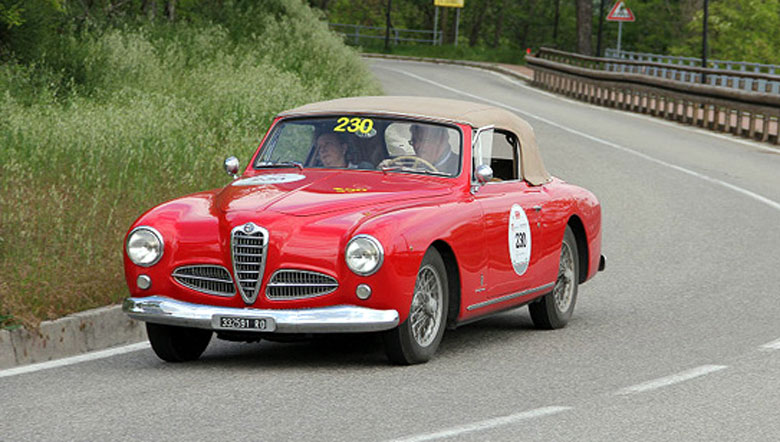
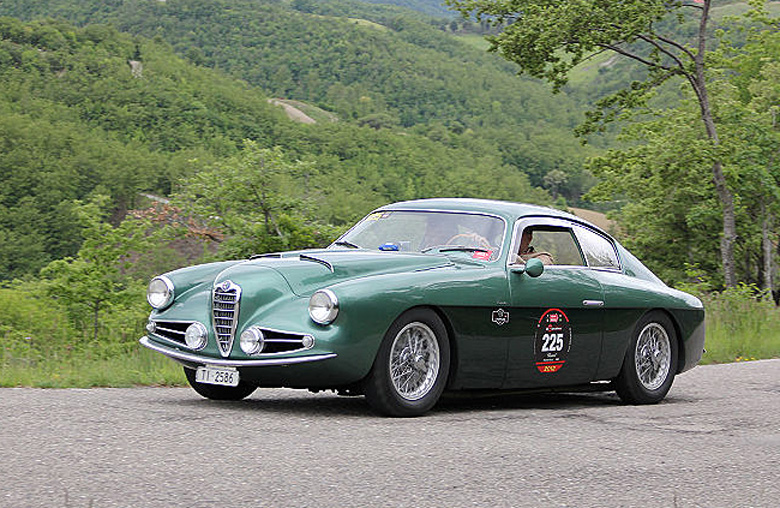
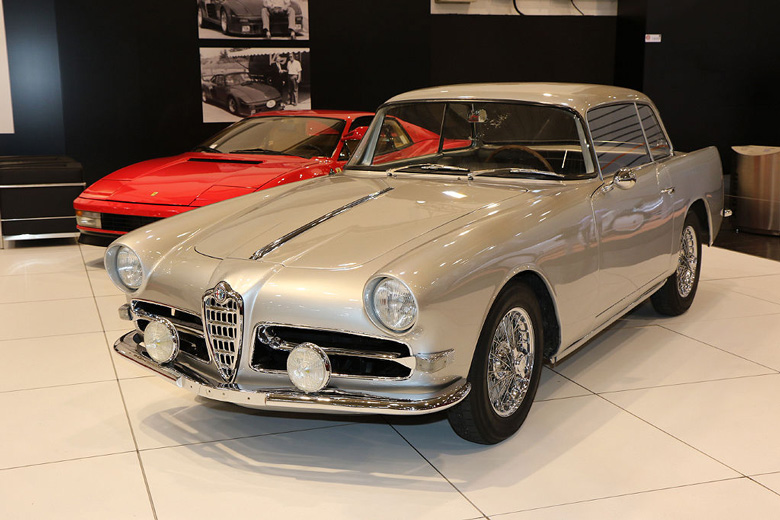
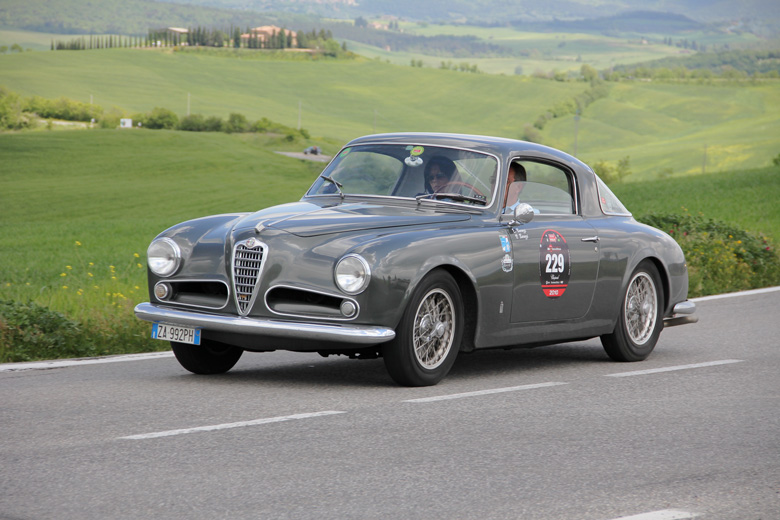
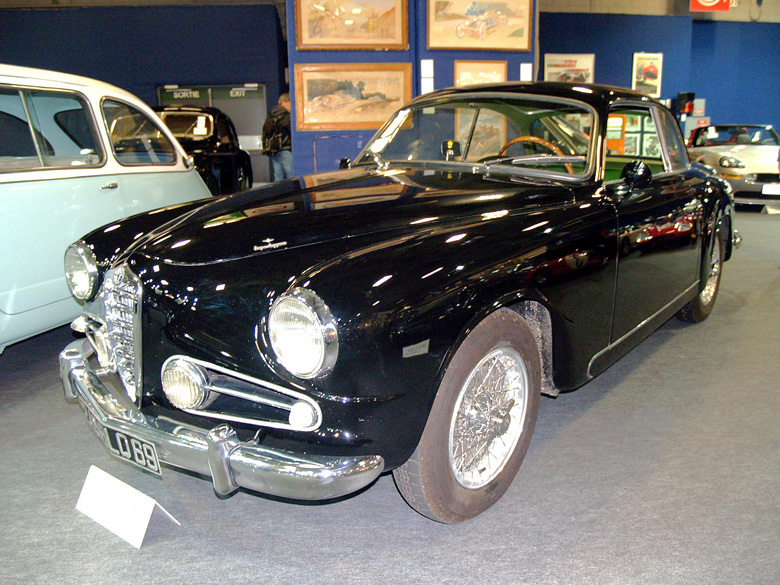

I wonder how many people besides myself wanted to buy a 1900 CSS Touring while they were cheap but backed away thinking parts would be hard to get. Instead I restored two Giuliettas at the same time – actually saved them. They were difficult to restore but you could get parts for them. Seeing this article I think it would have been worth getting a 1900 and struggling through the rebuild. Again, thanks for bringing this to us Pete.
Alfa 1900 Cs I remember , 1965/66, while working as a mechanic at High Performance Cars Waltham Massachusetts, a customer brought his blue Alfa 1900Cs for service,major tune up & oils & more
The owner of the car told me to use the special tools in the bag in the trunk I found the valves adjusting tool, very cleaver, the washers holding the springs ,the valves & keepers had “dog teets”, you turn the upper retainer with the tool while holding the lower one, one click amounted to one thousand exactly, no need to remove the camshafts.for valves adjustment
Year 1996;while preparing a 1965 Maserati A6G Zagato coupe ,for that year historic Tour de France, I found that the valves had the identical system, I utilized this old tool I had keep in my tool box for years..
This ALFA is the very first car I ever sat in , year 1955, while working for Mr TOUZOT winner of the 1953 Mille Miglia with his Panhard, a customer came in to show us his new italian car,!a brand new red 1900CS, I was christened for life by the sound of the ALFA, + looking at the twin cam engine, I remember the firing order 1 2 4 3! in the valves cover casting! great souvenirs
Article FORMIDABLE parce que pleinement documenté !
Hervé
Excellent article, well written, which completely captures the beauty and essence of a 1900 CSS.
I saw my first one in my late 20s in the late 1980s and fell in love with it on the spot.
Dear Mr .Vack,
Do I have your permission to copy this into my website ,the AR1900 Register Website, http://www.ar1900reg.org …. intended for Alfa Romeo 1900 owners worldwide.
It will appear in the owners portal closed to members only numbering about 128 but would be mentioned as a teaser briefly on the landing site.
I would like to include source acknowledgements if you would provide what is appropriate or desired. Thank you.
Peter Marshall is a close associate. Paul Wilson is a valued friend and 1900 owner, and a contributing author I gather.
Look forward to hearing from you.
Joost
As a Lancis Aurelia owner, I can’t agree with everything said above!! – but that is a lovely looking car, and a great restoration, well done!
Alfa Romeo really took off in 1956 with Max Hoffman and
the lovely Guiletta, however there was a factory rep in
Wayne, Pennsylvania, as advertised in Road & Track previously
It was operated by Frank Griswold who might strike a note
as being winner of very first Watkins Glen race in 1948 in his
2900 berlinetta.
When I wrote to them in 1951. I was pleased to receive a
bundle of plates of the current 6c2500 and photograph
of their Alfetta GP car that had just won the World Title
with Juan Fangio.
Myself, the very first Alfa I saw was the mighty 2.9 driven
at speed thru the woods at the new Pebble Beach race
by a young Phil Hill that same vintage year.!
It’s wonderful story and a beautiful car, but haven’t you forgotten something important?
“Weight is the enemy, air resistance is the obstacle.”
I was glad to see the Farina cabriolet pictured. I owned (chassis #01104) a similar example. Many of the comments in this article struck a familiar note. The exhaust note attracted small town police like a magnet (up to three at a time). On the highway, the car would run sweetly for a few miles, and then seem to “flatten out”. This could only be corrected by more pressure on the gas pedal. This was repeated a few times, until I looked at the speedometer, which showed that the car was at 125 MPH, and now running very sweetly indeed. It suffered from a few materials problems: The insulation on the wiring was rotting, and the bushings in the rear axle locating arms was also deteriorating badly. Relying on Hoffman for parts was an adventure, but, at that time, the Maserati Corp. of America provided great service. I had to sell it upon my induction into the army, a sorry day.
Dear Pete
Thank you for the fantastic job of regrouping history about a so nice car which belong to the beginning of the vitaminated mechanics on saloon’s and coupé’s.
Cheers
Apologies for a late response ~ headless rather than waiting to see other comments, although almost summed up by Hervé Smagghe by his ‘Formidable’ appropriate in any language. “Perceptive” is perhaps surprising from an enthusiast with an exceptional good eye on design, who has an enviable stable of cars in his Motor House, rather than being a biased 1900 owner. 20 years ago the late series Touring bodied 1900 was unloved in comparison to Anderloni’s earlier designs and it seems that only recently, is that purity of line appreciated.
There is no need for me to try and be smart and add superfluous comment.
Although I will add to one of the captions and those comments of other readers.
One of the Ghia Aigle photos mentions one of 5 built, which may refer to their coupés, but there are at least 9 cars existing today by that coachbuilder, out of about 15 known to have been built.
Serge Dermanian mentioning the firing order, is the second time this month that I have read it being on the valves cover/cam covers, whereas in reality it is on the bridge of the head taking the timing chain from inlet side to exhaust.
The ‘Aurelia’ mention by Adrian Donovan is noted. I remember an Aurelia B20 owner who had two cars, the other was as Paul Wilson’s, albeit final paint/trim to be completed. He said that the nimble handling and light steering set the 1900 apart for driveabiliy even if the Aurelia excelled in some other departments.
Peter
somebody came by my car store and sold us a nicely-running 1900 coupe for $2500–seemingly the number for old non-ferraris in the early ’70s. no bumpers, wire wheels, shifter on the tree, magneto ignition. might’ve even had a photocopy of the owner’s manual. with plexi windows too. the seller heard it was a practice car for the carrera panamericana. we took it to the ’75 (?) scca race thru the park at lake afton, kansas, that scheduled a vintage race a week before the laguna seca vintage event, hoping to take advantage of people heading west from easterly parts. there were 2 maseratis and a couple of my front-engined coopers. a thin field. on its cinturatos the alfa had the lightest steering of any car i’ve ever driven. sold it for $4k; what a nice profit. i have a few photos of it somewhere…